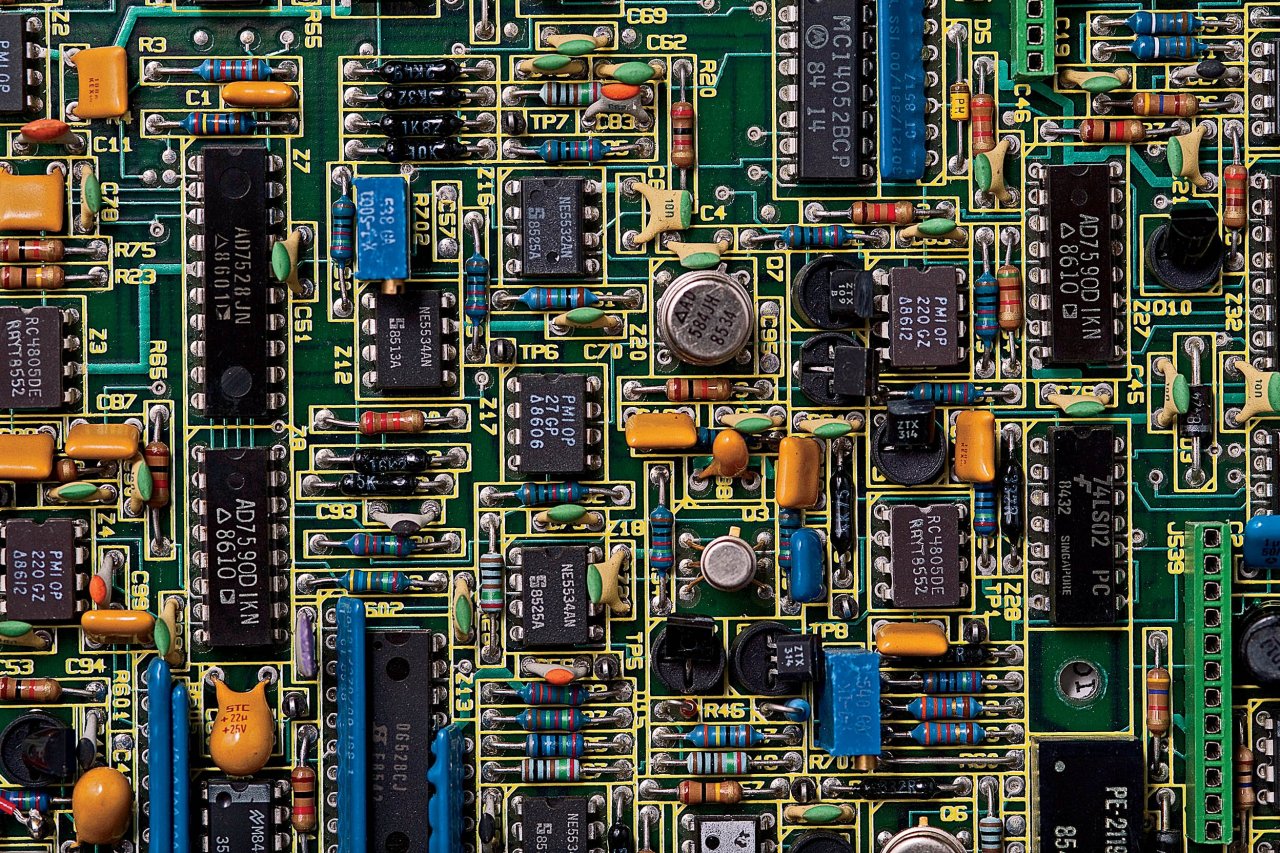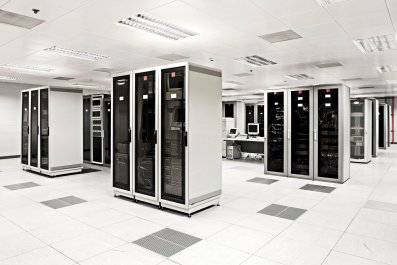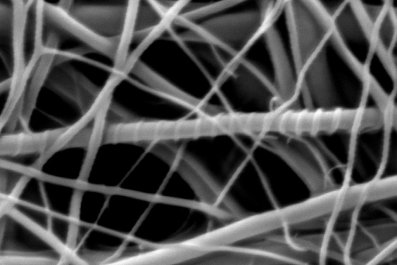Charge Pomeranchuk orders, skyrmion lattices and magnetic monopoles in spin ice materials may sound like a sci-fi shopping list, but according to Malte Grosche, head of the Quantum Matter Group at the New Cavendish Laboratory in Cambridge, UK, these are serious contenders for the next big opportunity for -quantum physics to change everyday lives. History has marked key technology developments from the stone age to the steam age. Since the 1960s we have arguably been living in the quantum age, our lives transformed by technology based on quantum physics.
In the early years of the 20th century, it was discovered that the world of the very small ? atoms, electrons, photons of light ? behaves differently from the everyday objects composed of these quantum particles. When we throw a tennis ball, with a little help from Newton, we can work out where the ball will end up. But send a quantum particle on its way and after time all that exists is a set of probabilities showing where the particle might be. It?s not just a lack of information. Until we make a measurement, the particle doesn?t have a location. This allows quantum particles to behave as if they are in more than one place at a time, or pass through apparently impenetrable barriers, a process known as quantum tunnelling.
Quantum physics is counter-intuitive. The great American physicist, Richard Feynman, said that quantum theory ?describes nature as absurd from the point of view of common sense. And it agrees fully with experiment?. Feynman?s ?agrees fully? refers to the remarkable match of the theory?s predictions with observed values, comparable in some cases to predicting the distance from London to New York to the width of a human hair. More pragmatically, we know that quantum physics works because it has inspired so much of today?s technology.
Quantum physics shapes our world at three levels. At the most basic, almost everything we do is grounded in quantum physics, because matter is a collection of quantum particles, while light, electricity and magnetism are all quantum phenomena. Then came the quantum technologies built without being aware of the physics that made them possible. When Swan and Edison produced electric light bulbs they didn?t know that the generation of light from a heated filament was a quantum process ? it was used unconsciously. But everything changed with the transistor. From then on, an explicit knowledge of quantum physics has driven practical developments.
It is claimed that 30 to 35% of GDP in the US is derived from quantum technologies. The source of this figure is not clear ? it may have been a throwaway comment by US aerospace expert Norman Augustine in a speech at Fermilab in 2006. However vague, the number reflects the importance of quantum technologies like solid-state electronics, the laser and superconductors.
It only takes a few minutes analysing a smartphone to realise just how pervasive quantum technology is. Over and above the requirement of quantum physics to construct any solid state electronics, the phone incorporates a computer, display, touch interface, digital camera, LED light, GPS receiver .?.?. each developed as a result of our understanding of the field. Take, for instance, the phone?s memory.
Computer memory is an array of tiny electrical charges, representing the ones and zeroes that make up the device?s digital information. In a conventional computer these disappear when the machine is switched off, but the mobile phone?s memory retains information even when the battery is dead. This ?flash memory?, also found in everything from digital cameras to memory sticks, would not be possible without the weirdness of quantum particles.
Flash memory is based on a special switch known as a floating gate transistor. The ?floating gate? is a segment where an electrical charge can be held totally isolated from the system. This charge represents the ?zero? or ?one? stored in memory. The charge held stays the same whether or not the transistor is connected to the power. This also means that it should be impossible to discover what charge the memory holds, or to change it. It is only because electrons are quantum particles with diffuse locations ? enabling them to tunnel through the insulator ? that flash memory can work.
As for lasers, audiences first came across them with the (fake) deadly beam in Goldfinger, released just four years after American physicist Theodore Maiman produced the first working model in 1960. The portrayal of the laser as a ray-gun fuelled its early development, but though there is still some work on laser weaponry, the devices are now far more common in peaceful applications.
The laser, and its familiar cousin the light emitting diode (LED), both produce light by using special quantum behaviour, influencing the way electrons change levels in atoms to generate photons of light. To achieve its intense, monochrome output, a laser stimulates a collection of atoms into an energised state, then triggers the release of this energy in a chain reaction that results in ?coherent? light with each photon in step. This gives a precision beam, ideal for reading the tiny markings on CDs and DVDs, scanning barcodes at supermarket checkouts or undertaking eye surgery.
When lasers were first developed, it was thought that they would have to be cooled to extremely low temperatures, where quantum effects become far more apparent. When a conductor is brought near to absolute zero, -273.15?C, it is as if the electrons carrying the electrical current no longer meet any resistance. Traditional electrical theory goes out of the window. Such ?superconductors? make it possible to generate otherwise impossibly powerful magnets and tiny Squids (Superconducting Quantum Interference Devices) which act as incredibly sensitive magnetic detectors.
There aren?t superconductors around the home because keeping equipment a few degrees above absolute zero is hard work, requiring specialist equipment and expensive liquid helium. The dream is to make superconductivity possible at room temperature. As yet around -150C is the limit, though this does allow the move to cheaper liquid nitrogen for cooling. In specialist areas, superconductors are already widely used.
There are superconducting magnets in the Large Hadron Collider, and in the medical world?s best imaging device, the MRI scanner, a doubly quantum device using both superconducting magnets to flip the spin of atoms inside the body, and monitoring the quantum effects of this flip to generate the image. Superconducting magnets have also been used in levitating trains, which float above the track, reaching speeds of more than 580kph, while Squids are making their mark in unexploded bomb detection.
A good third of the businesses based in the Cambridge Science Park work on developments dependent on quantum physics.
David Vigar, director at CSR, a company specialising in innovative electronics says: ?The ability to pack ever more transistors into ever smaller spaces is only possible because we have quantum physics to allow us to model what happens on the atomic scale .?.?. We are currently actively involved in designing Bluetooth Smart products for the ?Internet of Things?. These products need to run for their entire lifetime on single batteries. We use quantum physics to understand where leakage currents come from [to] reduce losses.?
Another Science Park company, Eight19, has developed innovative solar cells on a flexible film using organic semiconductors, a development requiring in-depth knowledge of quantum effects. ?The fundamentals of [our cells?] behaviour at a quantum level is different from traditional solar cells. An Eight19 solar cell has an active stack less than a micron thick ? a human hair is 70 microns across. Traditional silicon solar cells have very much higher thickness and are very energy intensive in their manufacture,? says Eight19?s Jurjen Winkel.
Meanwhile, at Cambridge University, the Quantum Matter Group works at the quantum level to change the mix of materials available. As Malte Grosche points out, the 100 or so chemical elements can be combined to make a whole host of compounds. ?Pick four elements from the periodic table and you can make about 100 million materials. As there is a near-infinite variety of ways elements can combine, there appears to be also a very wide variety of ways the electrons can organise themselves in response to the underlying principles of quantum mechanics.? In familiar materials this electron organisation produces effects like magnetism and superconductivity, but there are new states to be investigated that could inspire new electronic devices.
What does the future hold? There seems little doubt that superconductors will deliver more and more as we approach a room-temperature solution. ?I am convinced there must be room temperature superconductors out there; maybe they are already in some chemist?s sample cupboard .?.?. The next big thing is unlikely to be anything we can imagine now. When scientists first investigated the electron, only the most enthusiastic would have thought of practical applications. Just a few decades later there was already an industry built on vacuum tubes,? says Malte Grosche.
We can?t say exactly how quantum -materials will change our lives but they will surely deliver transformative technologies. The quantum age is here to stay.



























